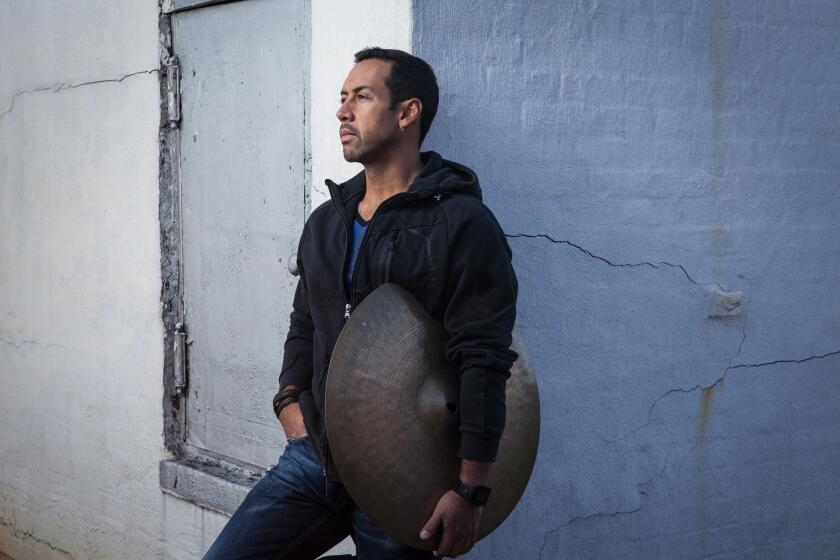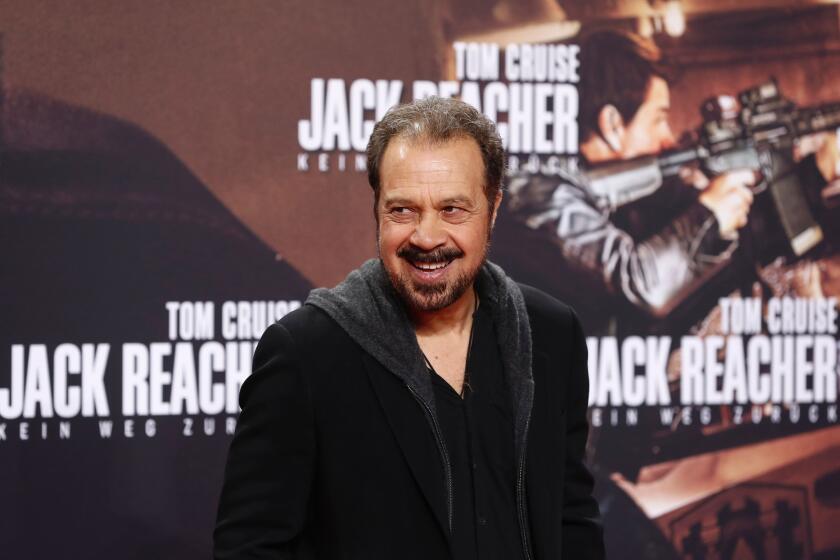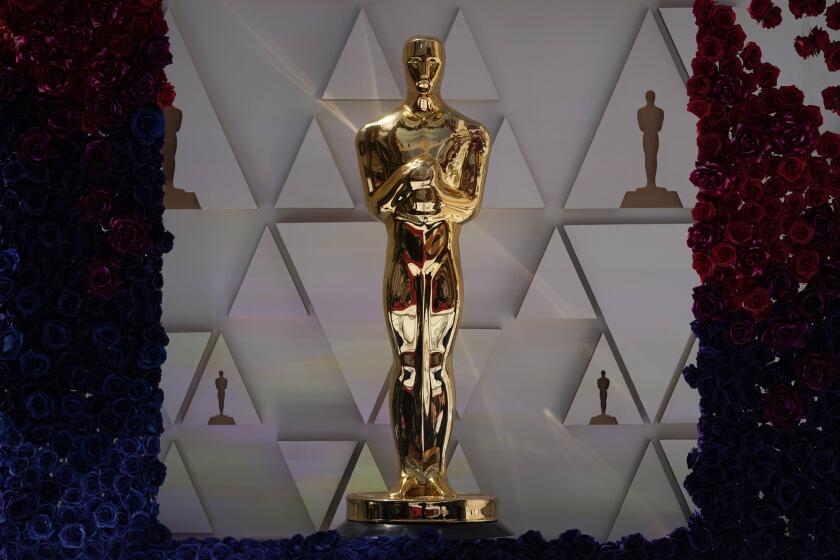Fond farewell to Middle-earth
‘Hobbit’ trilogy ends in a way that will satisfy Tolkien fans
“The Hobbit: The Battle of the Five Armies”
Rating: PG-13
When: Opens Wednesday (some theaters have screenings beginning Tuesday night)
Where: Wide release
Running time: 2 hours, 24 minutes
★★★
Once again, Peter Jackson finishes strong. The filmmaker was roundly criticized for stretching J.R.R. Tolkien’s “The Hobbit,” a charming and insightful but somewhat slender book, into a trilogy, and from a storytelling perspective, rightly so. Not unlike the most recent iteration of “The Hunger Games,” last year’s “Hobbit” was little more than a bridge in which very little actually happened aside from propelling the characters and their audience to the latest film, in which, I’m happy to report, everything you’ve been waiting for finally occurs.
Bilbo (Martin Freeman) gets a little more screen time, and it’s a nice return for Gandalf (Ian McKellen), Thorin (Richard Armitage) and the various elves played by the likes of Orlando Bloom, Cate Blanchett, Lee Pace, Hugo Weaving and Evangeline Lilly. Even Christopher Lee, as Saruman, gets in on the action, in the trilogy’s plot line designed to make it a true prequel to the “Lord of the Rings” trilogies.
The movie begins precisely where the last one left off, with the dragon Smaug (voiced by Freeman’s “Sherlock” cohort Benedict Cumberbatch) barreling down on the human city of Laketown. In the wake of that battle, the surviving humans, led by Bard (Luke Evans), make their way to the mountain stronghold where Bilbo and his dwarf companions are searching an untold fortune of gold for a particular piece of treasure.
There, the humans meet Thrandall’s (Pace) army of elves, who, like the humans, are determined to receive payment for the assistance they’ve rendered the dwarves along the way. Thorin, however, has come down with Dragon Sickness, essentially a diagnosable version of avarice, which leads to a standoff between the three races, which is solved only by the arrival of a massive multitude of orcs, who plan on laying waste to everyone and claiming the treasure for themselves. The forces of good are forced to come together to battle darkness, and Thorin comes to his senses just in time to have an absolutely epic battle that will determine, at the very least, the immediate future of Middle-earth.
As in the previous five movies, the combat is intense and brutal, the production design is stunning, and the direction is intense and sincere. It’s immersive and entertaining, far more so than the previous two films.
But there are things missing from “The Battle of the Five Armies,” too. Gone is the advanced frame-per-second rate, pioneered in the first film, which was championed as the future of filmmaking but rejected by contemporary audiences as being too uncomfortable to watch. What’s also missing is the intense emotional anguish and self-exploration that gave the “Lord of the Rings” films their great depth.
Tolkien’s works are this unlikely blend of children’s tale and classic philosophy, likely blended by his own experiences during World War I, which is probably the true allegory of “The Hobbit.” It’s one that Jackson, though he doesn’t try to link it to the world in which we currently live, actually captures quite well, the notion that people of different nations with different values and cultures can, in times of need, put aside their differences and come together to fight for the greater good.
Get U-T Arts & Culture on Thursdays
A San Diego insider’s look at what talented artists are bringing to the stage, screen, galleries and more.
You may occasionally receive promotional content from the San Diego Union-Tribune.






